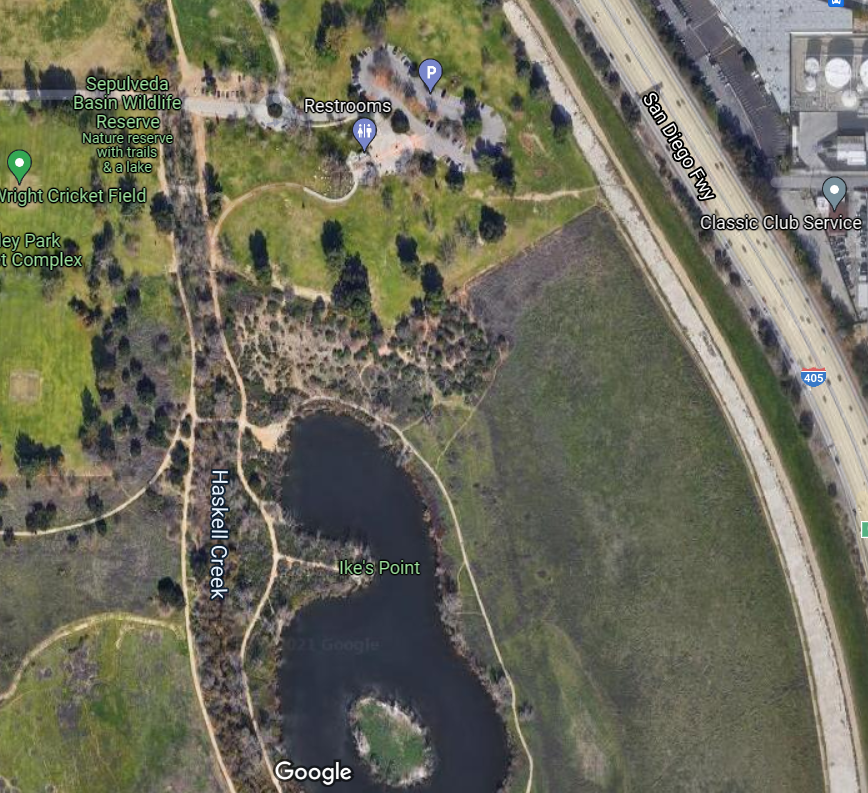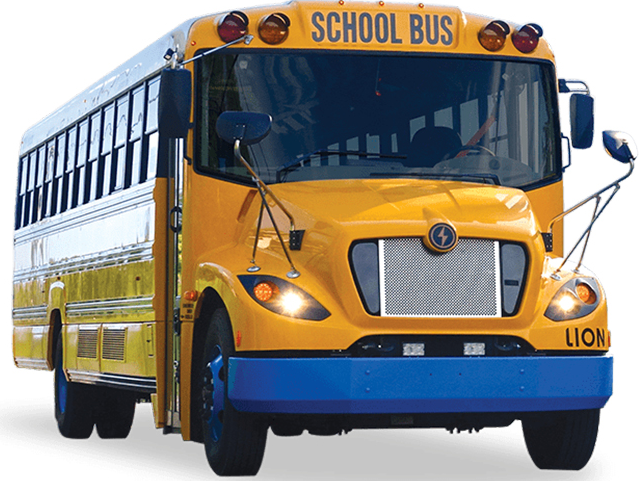Charlie Wilken explains his ideas for boosting outdoor education ten-fold!
Intro by Lucy: Charlie, you taught for 30 years in LAUSD, heading up at one point two California Technical Education academies, and you brought our faculty, step by faltering and complaining step into the digital age. You headed up Tech at our school. When we yelled help, you sent someone to…reboot so the link would work! You advised and led our Robotics team to winning some competitions. An amazing, energetic, connected, and patient leader in our school.
Q: So with all this techie stuff in your vast experience, why are you so interested in getting kids in LAUSD out into Nature?
CW: You forgot to mention I was a science teacher for at risk students too. I enjoyed taking my students on field trips to outdoor spaces. I went numerous times to Vazquez Rocks that not only has interesting geology and ecology but history of the indigenous Tataviam, and Mexican history (Vazquez). It was an all day outdoor hike and then naturalist animal demo about ecology. I think this kind of experience works on so many levels not just academic. I had another unusual outdoor field trip where I took manufacturing academy students to HAAS machine tool fabrication tour and then to the nearby Chumash museum. On display there were many technologies used by the Chumash for manufacturing canoes, clothes baskets and art. There is a ½ mile walk to a Chumash replica village. This is a great natural environment full of acorns and willows for construction. Willow hut constructions abound.
Q: I know you’ve been thinking about this for only a short time, but are you ready to share some of your plans for the money that is called for in the LAUSD resolution?
CW: I think our challenge is how to get all teachers interested in taking responsibility for teaching Climate Literacy. We need all hands on deck to best deal with the current crisis of climate change. We are hoping to fund one person in each school to move their community in this direction. We would like to hire climate advisors that we would like to assign to key places like local districts, and outdoor education sites and they would meet monthly with a newly formed Climate Literacy Task Force.
Q: What are some of the difficulties that you would like to see lifted out of the way of teachers planning field trips? It takes an experienced teacher to juggle all the hurdles to going on a field trip.
CW: The hardest part is getting funding for the bus and for the sub. I would like to see a budget given to local districts designated to “outdoor learning” so that funding is not an issue. It would be best if there were full time “naturalists” or TAs that were trained for the developed outdoor field trips so students could work in groups.
Q: Talk about buses…
CW: The district recently bought their first 10 electric buses. I have been researching these as I have been trying to think how LAUSD could do 10 times more outdoor education field trips than they do now. I would like them to buy 10 more and dedicate them to outdoor education on a daily basis. Local districts would pay for the bus and sub for a class and maybe even a naturalist. Buses could leave earlier on a trip than standard buses so that when they arrive at an outdoor site they can observe the changes as the morning develops. LAUSD Outdoor Education has developed 100’s of lessons with their Ecovan program that could then be used in small groups at the sites. Non-science classes could use the outdoor time to look at the history of the place, art classes could draw the waterfowl or the plants or the light on the lake. Besides the buses I think the District should find 10 sites that they send the bus to that are developed over time to accommodate students on a daily basis. I have already identified a number of these potential sites (Sepulveda Basin, Ballona Creek, Ken Malloy Harbor Park).
Q: Who are you in contact with? What kinds of responses have you had?
CW: We have zoomed with five board members and or staff about our resolution. Each is supportive in their own way and gives us some hints on how to proceed or gives us new contacts or information. It turns out LAUSD unanimously passed a resolution introduced by Melvoin in April 2021 to support and improve outdoor education. However there was no budget. Jackie Goldberg’s aide introduced us to the local activists of Green Schoolyard America who have been playing a big role in greening campuses statewide, a group who we will meet with soon. Many Board members suggested we condense it some.
We spoke with Gerardo Salazar, the administrator for the Outdoor Education unit and I am trying to build a relationship with him so we can find a method of expansion that will ease his burden of work and not just increase it. He is leery of expansion if he has to manage all the new development.
Q: Besides field trips, what other formats of outdoor education are you exploring?
CW: We are meeting with Green Schoolyards America who focuses on making the school environment more outdoor friendly. They have a community of practice video each month on how a school or district transformed their school environmental culture https://www.greenschoolyards.org/community-of-practice.
Q: What are some of the difficulties that slow down that kind of outdoor education?
CW: School space must be maintained by various LAUSD entities, teachers, students and community. They must figure out the right mix for their school.
We know there has been a lot of research showing that outdoor education that includes unstructured time and even somewhat risky activities (climbing trees and ropes, crossing shallow creeks on rocks) are very engaging, and boost academic achievement and even lead to pro-environmental attitudes in adulthood.
Outdoor education needs to be not just for the STEM student but for the art student and the restorative justice student!
Q: And what is your experience with how kids react?
Students outdoors in a less structured environment can get quite excited or shy and cautious because of a new experience. What is surprising is it is not always predictable how a student you know in a classroom will feel about the outdoors. Students get to see their classmates in a new light which is an important part of social development.



